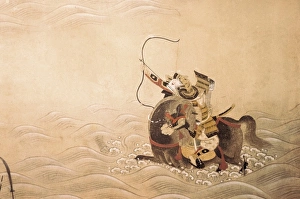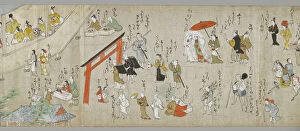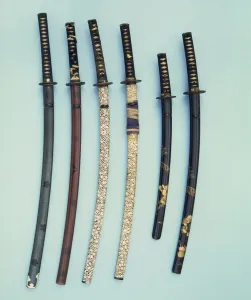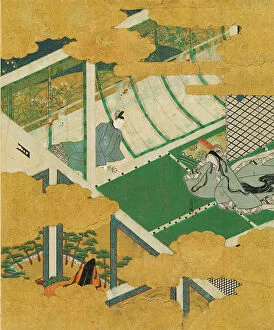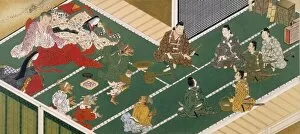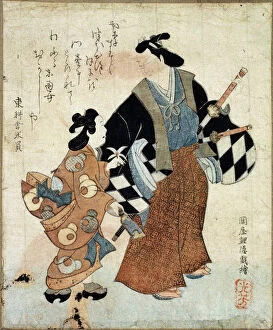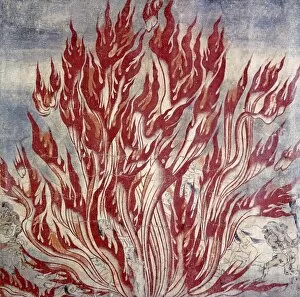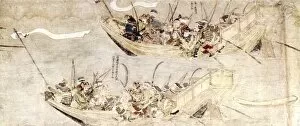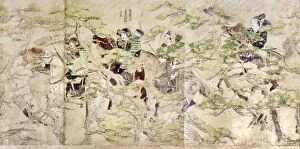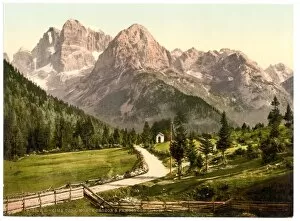Tosa Collection
Tosa, a name that holds a rich history and diverse artistic legacy
All Professionally Made to Order for Quick Shipping
Tosa, a name that holds a rich history and diverse artistic legacy. From the renowned Japanese writer Murasaki Shikibu to the captivating GenPei War Episodes, it has left an indelible mark on literature and art. The Tosa School, known for its exquisite ink paintings, showcased their talent in The Tenjin Shrine Scrolls. With intricate details and masterful brushstrokes, they transported viewers to another time. Their work captured not only the essence of historical events but also the beauty of nature in Mistflowers and The Oak Tree. Influenced by classic tales such as The Tales of Ise and The Tale of Genji, the Tosa School created albums filled with enchanting scenes. These delicate illustrations brought these stories to life, allowing readers to immerse themselves in ancient Japan. But Tosa's influence extends beyond traditional arts; it even reaches Milan through Porta Tosa. This 1848 landmark stands as a testament to cultural exchange and serves as a reminder that art knows no boundaries. From Daisho swords crafted by Omori Eishu in the 17th century to Katana blades like Katsumori's masterpiece from circa 1400, Tosa's craftsmanship shines through weaponry too. Each blade tells a story of skillful artisans who dedicated their lives to perfecting their craft. Not limited to visual arts alone, Tosa Mitsuyoshi depicted everyday life with his painting Young Couple on New Year's Day. Through his brushwork, he captured joyous moments shared during this festive occasion. Tosa is more than just a name; it represents centuries of creativity and dedication across various mediums. Whether it be literature or artistry passed down through generations or architectural landmarks connecting cultures continents apart - all bear witness to the enduring legacy throughout history.


